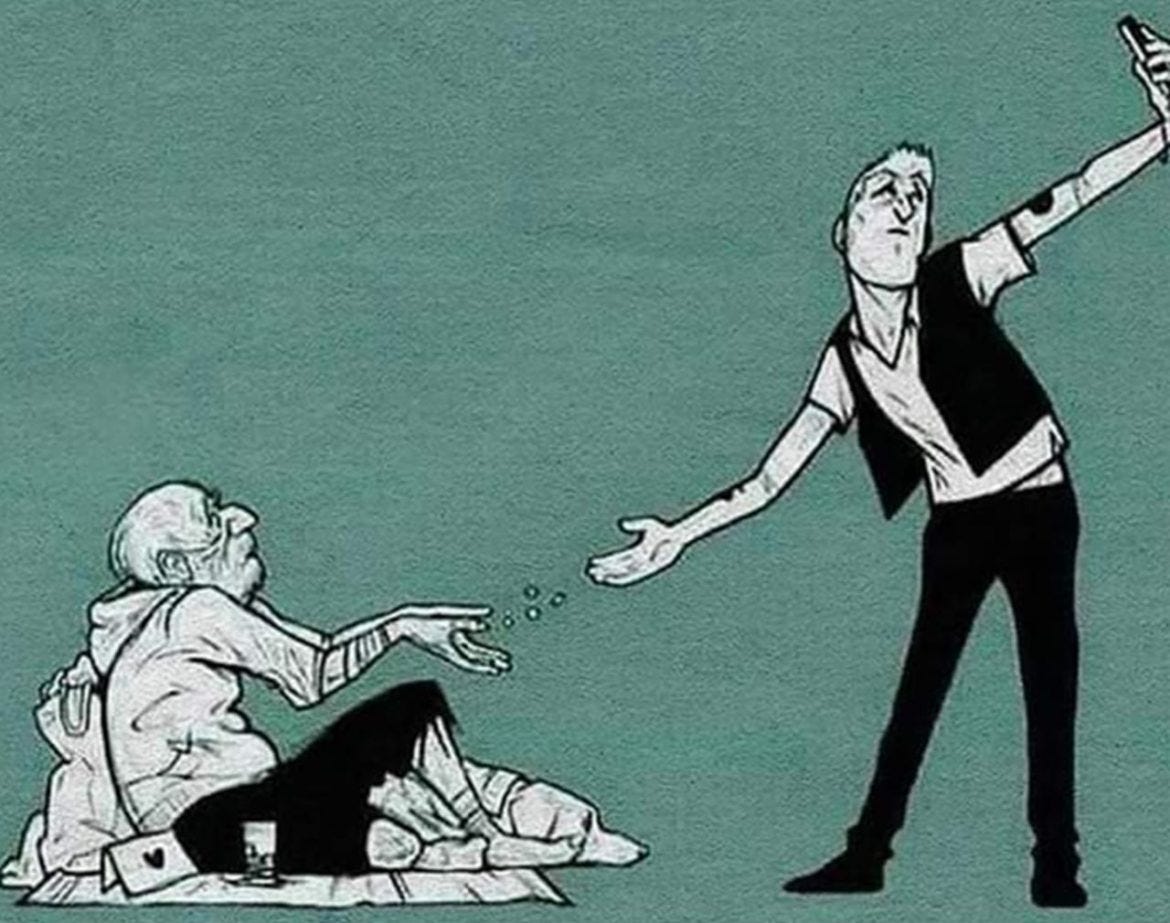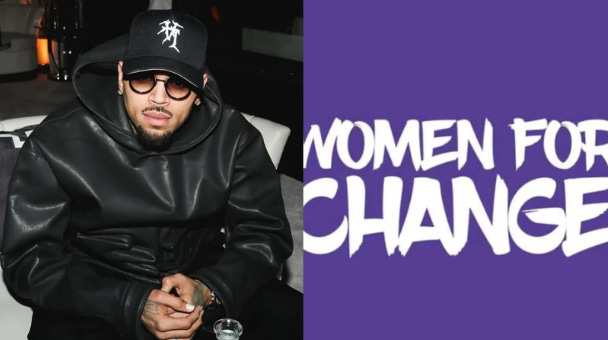Why virtue signalling can still be a force for good
Often dismissed as being shallow and performative social media virtue signalling has largely been about all talk or and no action. But, what if despite the criticism, there lies some value it.
At any point in time, one can open X (or Twitter if you’re nasty) only to find a viral tweet from an account speaking out about the latest socio-economic, political and even racial issue. The tweets might conclude with a radical call to action, involving the participation or often boycott of certain practices, companies and institutions. The plight raised by this X user might be very emotive and thought provoking but often times not enough to get us to buy in to the radical change. We then feel vindicated and free of our guilt when someone points out the hypocrisy that lies with the person who made the post. Maybe they bought a can of cold drink from a company that has ties to an oppressive regime or uses a smartphone with questionable links to exploitative mining. Maybe they buy clothes from fast fashion outlines who have been proven to have used child labour practices at least once or bought concert tickets to a convicted domestic abuser’s concert. But what if in all of this, we are missing the point. Perhaps we ought to look at the legitimacy of the issue and not the actions of who raises them.
Before going too far, I should disclose that I too have fallen in the trap of shouting virtue signalling as a rebuttal to the awareness of a legitimate cause. Perhaps because of how difficult it would be to wrestle with my own role (however small and relatively insignificant it may be) in a particular social issue. If I just shout virtue signal, then I do not have to engage with anything that you said. Especially if the call to action is one that would massively inconvenience my life or is just a sacrifice I am not willing to make.
Wait, what is virtue signalling?
Basically, virtue signalling is the practice of publicly expressing or displaying awareness to social, political and racial issues in order to demonstrate moral correctness, sometimes instead of taking action. It is sort of a conscious moral patting on the back of oneself by showing how better they are because of their knowledge of a particular issue. Because it involves others, virtue signalling is built on the subjective comparison of the image of one person relative to others.
When an individual engages in this act, they often view themselves as a moral arbiter of sorts. They have so much knowledge and are very radical in their remedy of the issue that anything that falls short of their suggestions feels like being complicit in atrocities that are being committed. And maybe its true, perhaps non-action, especially that of a radical nature, makes the rest of us complicit in whatever is happening. Critics argue however that virtue signalling is performative and is a way to feign activism without contributing to actual tangible change.
So if it is not genuine, how can it ever be positive?
Surprisingly, even when things are performative, they can indirectly drive some positive change. While it is very important that we value sincerity, the impact of those that virtue signal often extends beyond the intentions of the individual. Here is how even when its taken at its worst, virtue signalling can be positive:
Raising awareness and creating dialogue: The most obvious and clear impact of ‘fake activism’ is that it often raises awareness. It can be argued that this in itself is a form of activism. If the point of speaking out against a social issue is to reach as many people as possible to galvanise them to collective action, then at the very least virtue signalling does the first part right. When that woke guy from work or girl from X speaks about a social issue that they obviously just heard of, they are spreading the word. Even if they do not actively participate or are even complicit in the issue, it forces everyone else to have to engage with what they say. The act of a rebuttal pointing out the hypocrisy of the individual also lends more eyes and ears to the issue. The end-goal being that even if one person hears about the issue through this interaction and feels compelled to act, a positive action has been committed. When people around the world put black squares on their profile picture in support of #BlackLivesMatter, the push back and ridicule that came had to actively engage with the real social justice. While there’s significant reason to believe that the black squares were used to build and maintain credibility among followers and not based on genuine social activism, it can be argued that it amplified the voice of those that were legitimately fighting for social justice.
Shifting norms: The signing of a social media petition can be very useless (and it often is) because of it’s inability to make actual change. But it also shows us the progressive shift of norms, even when participation in the petition is not genuine. The fact that people sign a petition- whatever their reasons are- to protest a Chris Brown concern signals a growing recognition of accountability in public life and a change of attitude towards certain behaviours and actions. Even those that may not genuinely support the cause might societal pressure to align with these values, indication a wider held view of the significance of the issue and how it demands attention. This shift is not only limited to headline grabbing news like celebrities but also bleeds into everyday life.
Final thoughts
Don’t get me wrong, virtue signalling has its problems: it can be hypocritical, shallow and self-serving. But for all its flaws and cons, it undoubtedly causes ripple effects that are generally more positive. I think we need to recognise that perhaps the value of the message should outweigh the imperfections of the messenger. That maybe instead of pointing out the shortcomings of others like ourselves, we think deeply about social issues and our role in them. I know that this is difficult and uncomfortable but can be a step in the right direction. So, before we dismiss the next viral post as virtue signalling, let’s ask whether we are judging the signaler or engaging with the signal?



